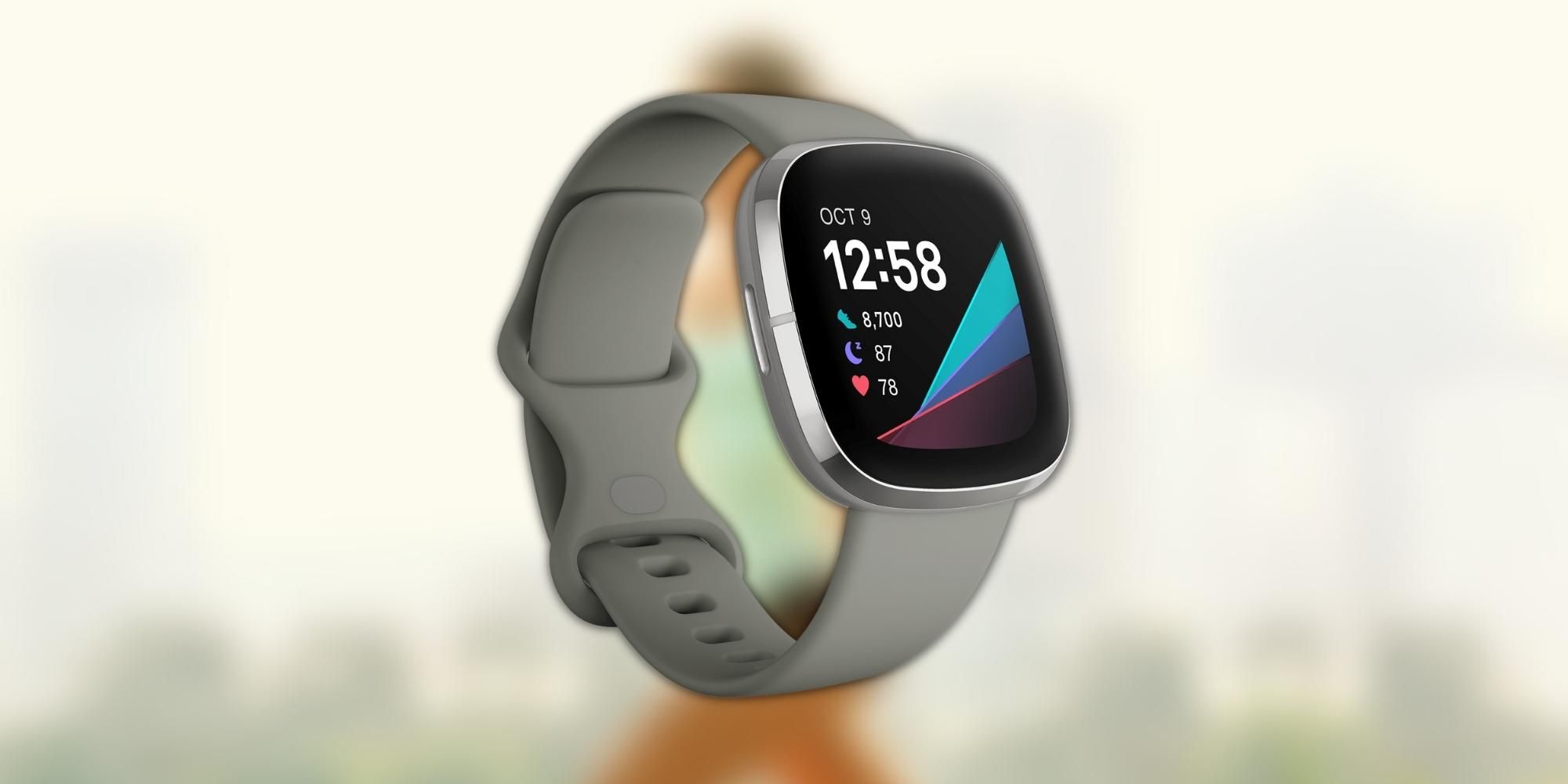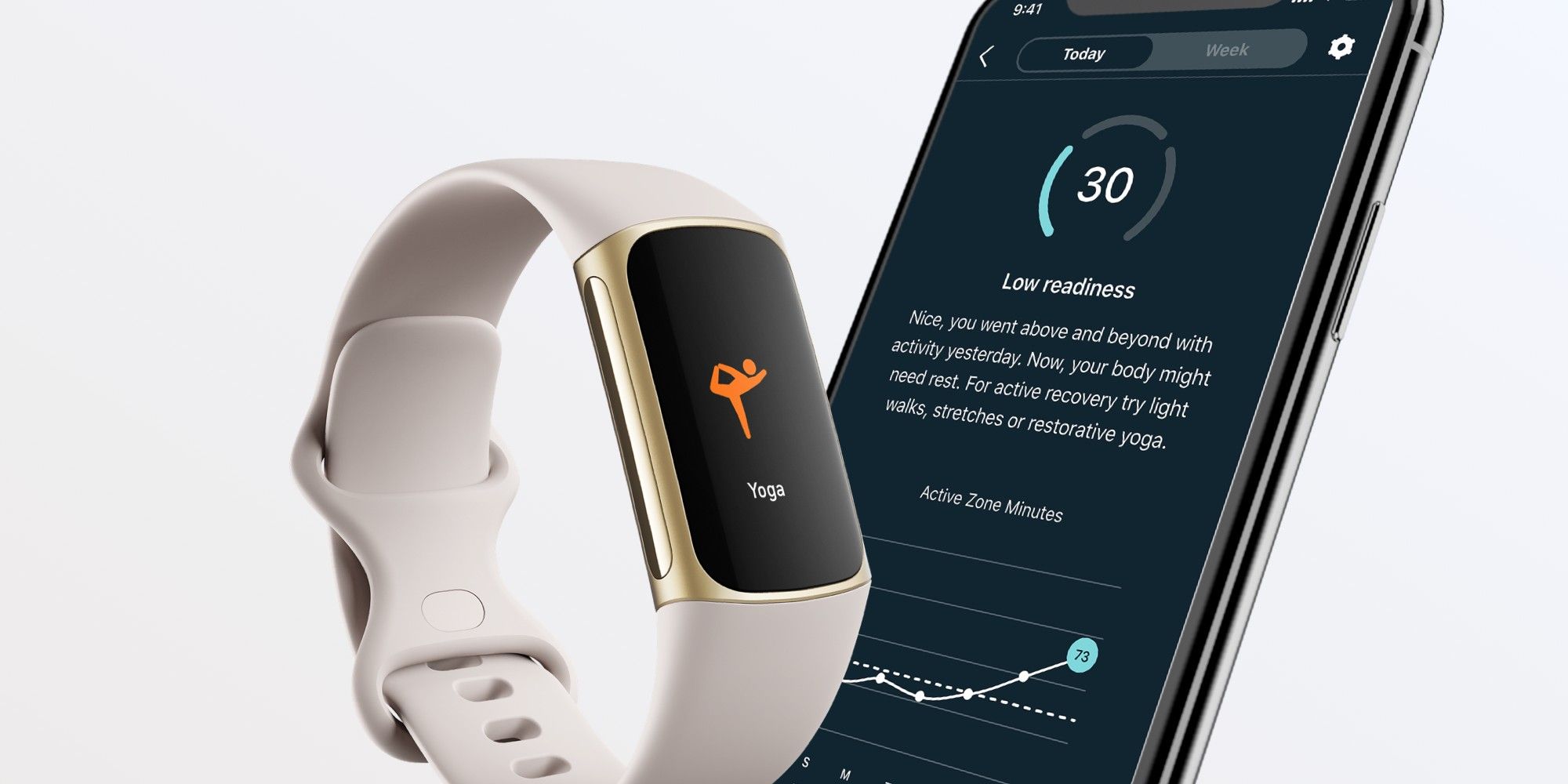Fitbit is considered one of the most reliable smartwatch manufacturers globally, especially in terms of health tracking features it provides on its devices. In 2021, the Google-owned company emerged as the fourth largest smartwatch seller globally. However, users always wonder how the Fitbit devices calculate the total number of calories burned.
In the last few years, the global market for smartwatches has grown significantly. Especially after the Covid-19 outbreak, people worldwide are investing in compact tracking devices that sit on their wrists and help them monitor their vitals such as heart rate, blood oxygen level, and more. As mentioned earlier, Fitbit is among the largest manufacturers, thanks to multiple models that come with various features and price tags.
It is essential to understand that while smartwatches like Fitbit can detect irregular heart rhythms, they can only guess the total number of calories burned by the person who wears them. The devices do so with the help of sophisticated sensors such as accelerometers that detect movement and high-intensity light emitters that measure users' heart rate. Combined with advanced algorithms, the data helps smartwatches predict several metrics such as steps taken, distance covered and calories burned. For the calorie count, most smartwatches use a combination of activity type and heart rate to predict the number of calories burned. However, Fitbit calculates the calories spent by the user with a more comprehensive approach.
Here Is How Fitbit Measures Burned Calories
On the official website, Fitbit mentions combining users' basal metabolic rate (BMR) and their activity data to estimate the total number of calories burned. The Fitbit detects users' heart rate and incorporates the data to guess the calories burned accurately. As given in a community post, Fitbit measures both passively and actively burned calories. While the former refers to BMR calories, the latter refers to calories burned during workouts or other physical activities such as cycling, swimming, etc. For basic activities like walking, Fitbit automatically records the number of steps and calories burned. Although, users have to select from a list of other activities.
For those catching up, basal metabolic rate is the rate at which one's body spends calories while maintaining a state of rest to carry the essential bodily functions, including blood circulation, breathing and more. For those wondering how a smartwatch can do so, the companion application asks users to enter specific details such as age, height and weight. In general, Fitbit smartwatches are among the most popular and accurate tracking devices out there.


